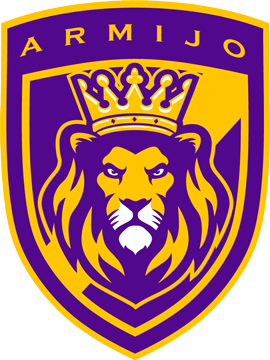Visit the AHS Library Student Resources page to learn more about online resources that are not databases.
Step 1: Choose a Database
When starting your research, it’s important to choose the right database to find credible, relevant information. There are different databases that serve various needs, depending on your topic, the type of resources you need, and the kind of search experience you're looking for.
Where to Find Research Databases
Step 2: Log Into Database

Need In Person Support?
Email your Librarian to schedule a Reference Consultation
Ms. Hernandez
AHS | FSUSD Library
Online content from Encyclopaedia Britannica, ProQuest research databases, and TeachingBooks.net are available — at school, at home, in libraries, on laptops, on phones — to all.
All student have acces for free and account made using thier FSUSD gmail.
Solano County Public Library
Your student ID # IS your library card.
Library ID # : FSU + Student ID # (example: FSU123456)
Online password: Last name in ALL CAPS (ex: JONES)
PIN: Birth month and birthday (example: November 10 is 1110)
Directory of Open Access Journals
All journals in DOAJ are open access. Simply select the journal you want to use, and begin your search.
Step 3: Searching the Database
Using Keywords
keywords: words or phrases that will help find relevant articles or research papers.
Example: If you're researching climate change, good keywords might include “global warming,” “carbon emissions,” and “climate effects.”
Advanced Search Techniques
filters: to narrow down results: By date, type of resource (e.g., peer-reviewed), etc.
Boolean operators :(AND, OR, NOT) to combine or exclude terms in a search.
Example: “climate change AND carbon emissions NOT politics.”
Selecting Relevant Results
ook at titles, abstracts, and keywords to decide if an article is useful.
Example: A search for “climate change” may yield hundreds of articles; pick the ones that are most closely related to their topic.
Step 5: Citing Sources
Why Citation is Important
This gives credit to the original authors and avoid plagiarism.
Provides evidence for the points in your research paper.
How to Cite Database Articles
Most databases automatically generate citations in different styles (APA, MLA, Chicago).
If auto citations are not available, you can manually format citations if necessary or use genreatorsAHS Library Student Resources
Step 6: Saving and Organizing Research
How to Save Articles
Save articles they find in the database, either by downloading them or saving the links in a document.
Organizing Research Notes
Use a tool like Google Docs, Evernote, Paperpile, or OneNote to keep track of useful articles, ideas, and quotes.
Create a document or spreadsheet to track the sources and the information they plan to use.

